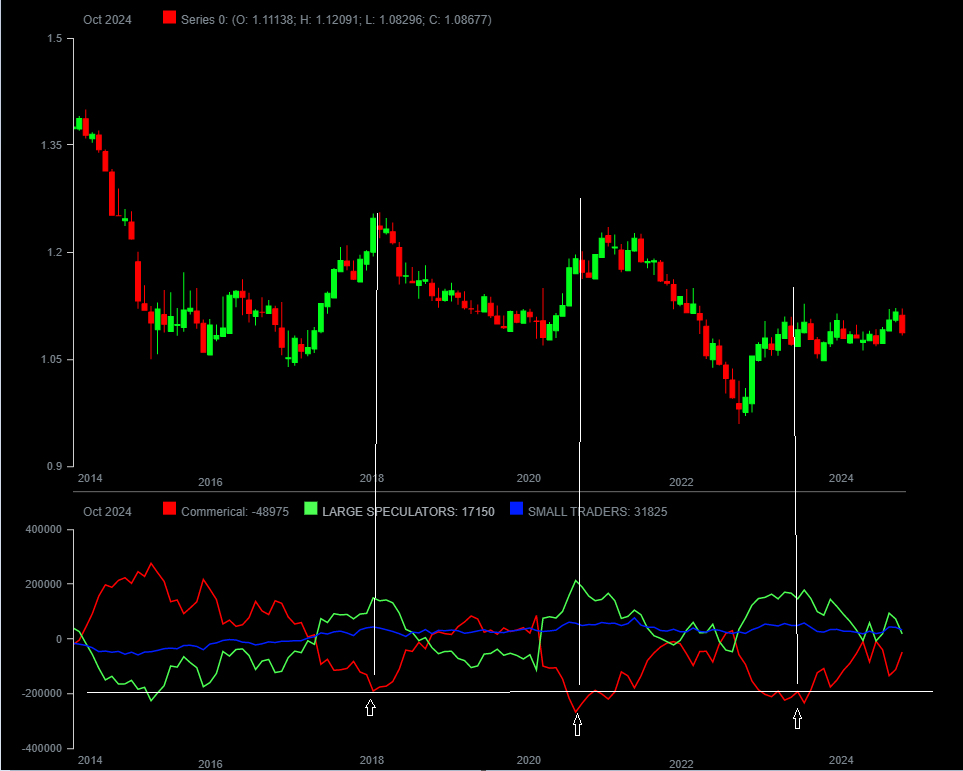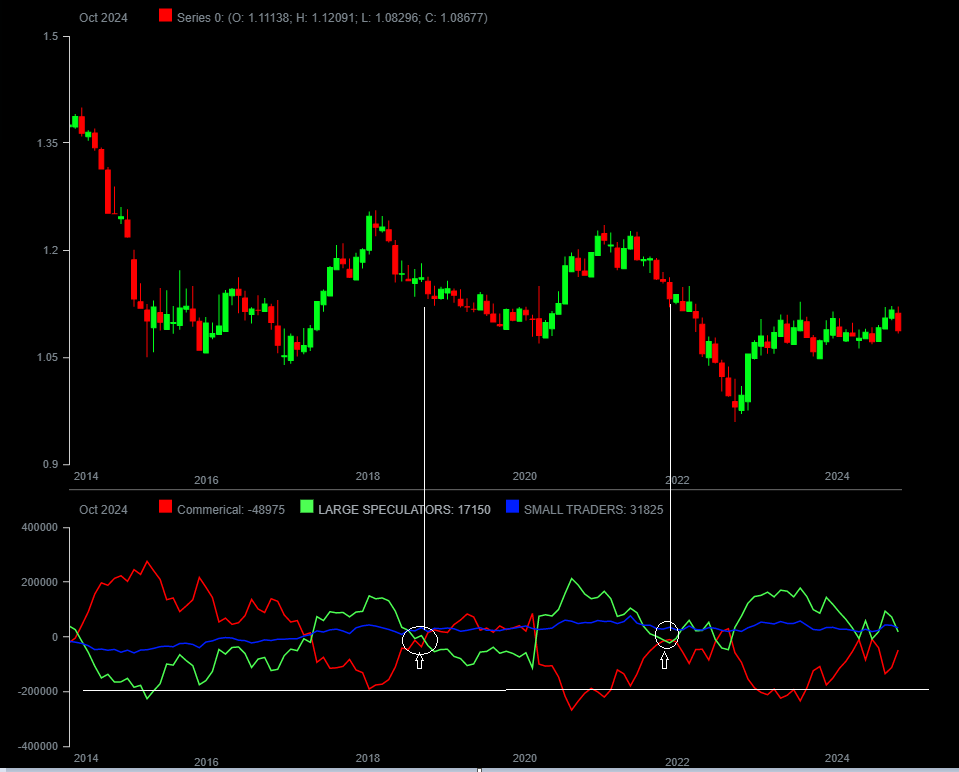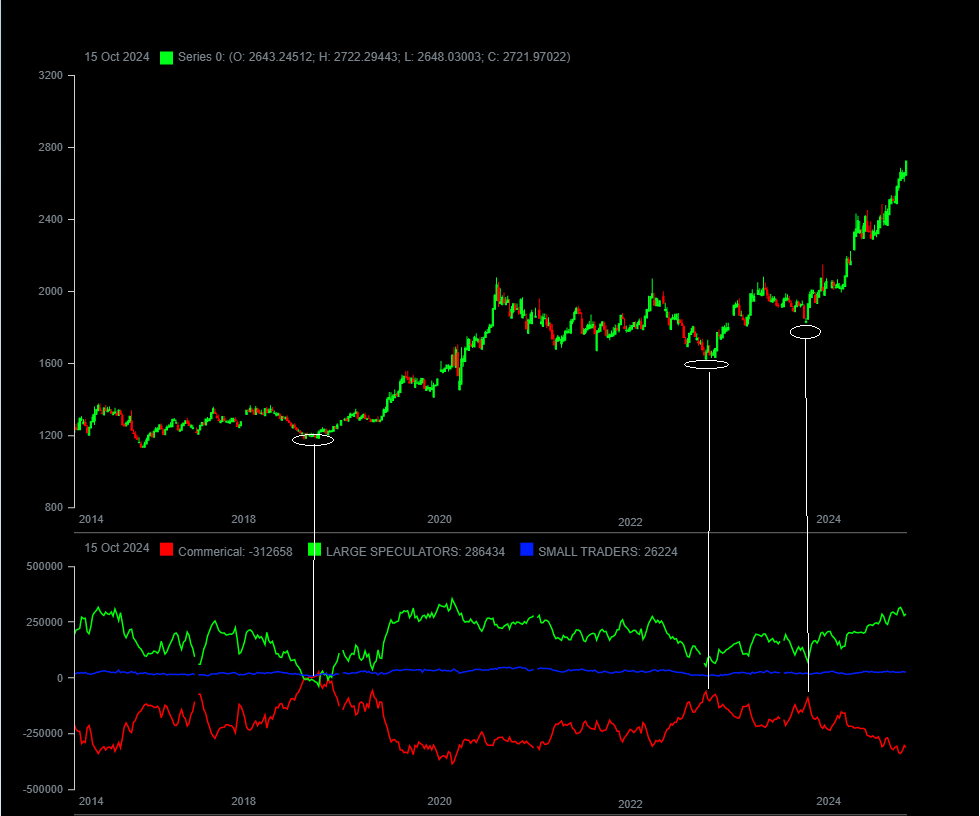To be one step ahead of the market, a trader needs access to valuable analytical data The Chicago Mercantile Exchange (CME) provides a number of analytical tools that are really improve trading efficiency and make informed decisions.
In this article, we will look at the most profitable trading tools and how to use them to gain a competitive advantage/
CME is one of the largest and most famous commodity exchanges in the world, offering a wide range of financial instruments, including:
Agricultural products (e.g. corn and wheat)
Energy (oil, natural gas)
Stock indexes (American S&P500, Japanese Nikkei 225)
Currencies (EUR, GBP, CHF)
Interest rates (the money market rate in US dollars, called SOFR)
Metals (gold, copper)
The exchange offers futures and options contracts that can be used to fix price fluctuations or to speculate on market trends.
CME provides a number of analytical tools to help you improve the quality of your market. These tools are publicly available on the official CME website.
Open Interest Profile:
This tool provides information about the current open call and put options for a given asset. Call options represent the right to buy, and put options represent the sale of an asset at a predetermined price.
Changes in open interest happen every trading day, and there's a lot of options activity going on. Some instruments see more action than others. Every day, various options portfolios of different sizes and directions pop up. Some of these don’t really provide any significant info about future market moves, while others can really highlight where the market might be headed. This is especially true when a portfolio has certain unique characteristics that suggest the owner is either an Insider or a Big Player who knows exactly what they’re doing
This is a really important sentiment, and it definitely deserves its own article. So, we won't dive into open interest in this piece.
CoT reports:
this tool is a weekly report on open trades of trading participants, divided by exchanges into separate categories. The value of this report lies in the fact that different categories of participants pursue different interests — some trade according to the trend, others against it.
Key Market Participants: Commercials, Non-Commercials, and Non-Reportables
Commercials (Hedgers):
- These are primarily manufacturing or processing companies that use futures markets to hedge against price fluctuations. Their goal is to stabilize costs and avoid reliance on volatile commodity prices. Examples include large agricultural cooperatives and multinational firms like Nestlé and Procter & Gamble.
Non-Commercials (Large Speculators):
- This group consists of institutional traders, hedge funds, and large investment banks that engage in speculative trading on a large scale, aiming to profit from market movements.
Non-Reportables (Small Traders):
- Calculated by subtracting reportable traders' positions from total open interest, this group includes small traders and trading companies that do not meet reporting thresholds.
Commercials: The Early Indicators of Market Movement
Commercials, being producers or large consumers of commodities, have a direct stake in commodity prices. Their livelihood depends on these prices, making them highly attuned to market developments. As a result, they tend to predict future price movements earlier than other market participants and hedge against them accordingly. Commercials typically trade counter-cyclically, meaning their positions often go against the current market trend. By analyzing their positions, traders can gain insight into the expected market movement. When commercials take extreme positions, it's not a signal to immediately follow their lead. Instead, it's an indication that the market situation is likely to change. This is a cue for traders to closely monitor the market, as potential movements may be on the horizon. By being prepared, traders can capitalize on these changes and make informed decisions.

A chart of the Euro from 2014 until now (above) and a visual representation of data from the COT reports for that same time period.
A net short Commercials position of -200k contracts in Euro indicated a potential trend reversal or a shift from a trending market to a flat movement.

By taking a different approach to interpreting these reports, we could use the extremely small negative positions of these participants, which are close to zero or even cross the net positions of large speculators (with visual analysis). This was a reason to look for a trade on the downside according with a dominant downward trend.

A chart of the Gold from 2014 until now (above) and a visual representation of data from the COT reports for that same time period.
In the precious metals market, commercials are often positioned short, hedging against the risk of a decline in the underlying asset's value. When their net position hovers around zero, it typically signals a bullish trend for gold prices in the vast majority of cases. Isn't it absurd to ignore such valuable information when making trading decisions?
Although these tools can provide valuable information, interpreting sentiment and data requires time and expertise. Our team has spent years analyzing open interest rates and option trades on a daily basis, and we understand how time-consuming is to understand these indicators, which is why we have developed a comprehensive recommendation system that saves you from hard analytical work and provides with an understandable and intuitive indicator.
However, we strongly recommend that you start studying this subject area independently and conducting your own analysis based on the information in the reports. This will greatly increase your knowledge and make you more confident in your decisions as they will be based on actual stock data.
Conclusion
By analyzing the balance of power among key market participants, you can significantly reduce unnecessary trades in either direction and gain confidence in preferred trading direction. Moreover, you'll develop the ability to "decode" report messages, helping you determine whether the current trend is nearing its end. This insight allows you to carefully exit your existing positions or wait for stronger confirmation signals before entering new trades.
Utilizing CME tools is a valuable investment of time, providing a definitive competitive advantage for traders. By dedicating time to understanding these tools, you'll be able to make more informed trading decisions, minimize losses, and maximize gains. The benefits of using CME tools far outweigh the time and effort required to master them, making it an essential part of any successful trading strategy.
Recommended reading
Learn more about Option Open Interest and how it can be utilized
